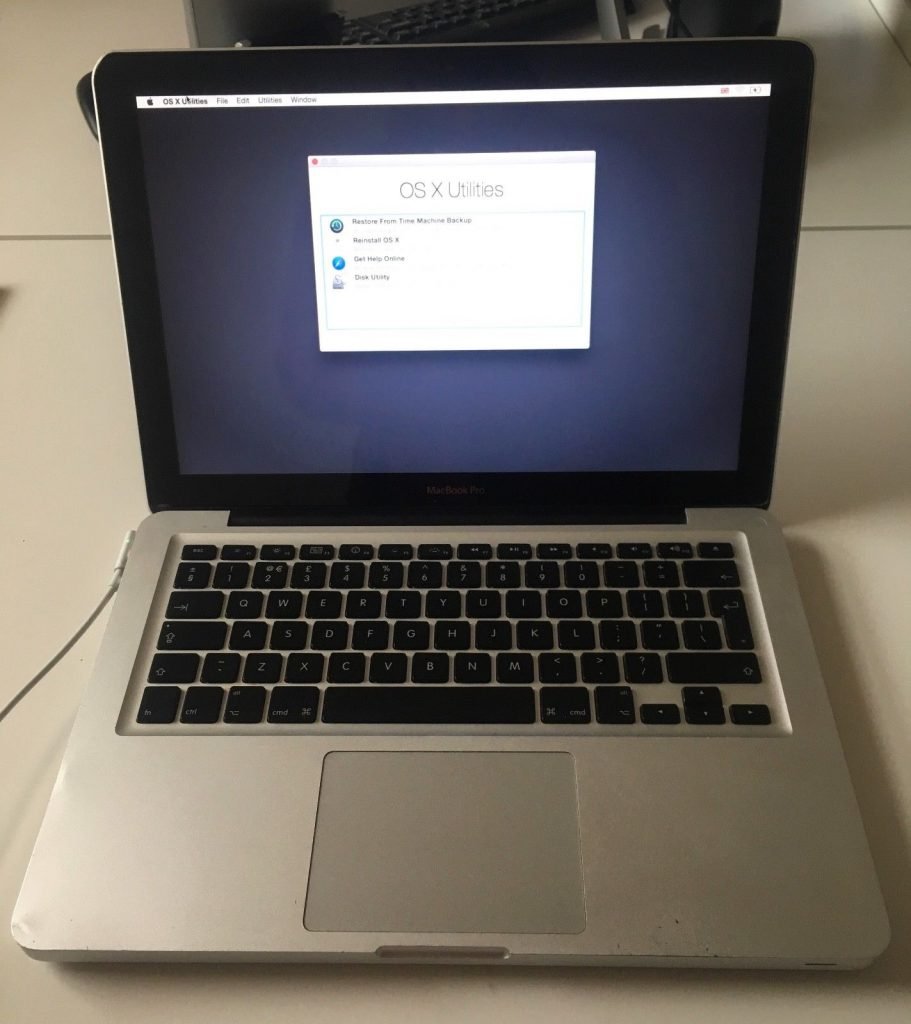

Your feedback has helped me accept that I must in fact have a machine in that subset of a subset that can’t upgrade to 16GB. But your feedback is appreciated and hopefully this may help someone else.

I doubt many people are still upgrading mid 2010 MacBooks. Of course, you can also buy the good RAM sold by i-Fixit :-) This RAM is perfect! Now, if I test the RAM using TechTool Pro or Rember (from site) or using memtest (included in Rember) the Test gives me a fast Clock (all 2-2-2-2 !!!!!!) like the best RAM used by Apple. Excuse me, but if I insert you the Amazons’s Link it could happen that the I-Fixit robot blocks my message. Exactly search with Google: Timetec Hynix IC Apple 16GB Kit (2x8GB) DDR3 PC3-8500 1066MHz memory upgrade for iMac 20 inch /21.5 inch / 24 inch / 27 inch, MacBook Pro 13 inch / 15 inc I solved perfectly with 16 GB of RAM purchased from Amazon. The 2010 MacBook Pro, therefore, supports very well up to 16 GB of RAM provided ( very important!) if you have installed the latest version of the Firmware. So! You can ignore my previous post of October 18 2019. Pretty sure it should give off some warnings though, so it's weird that it's not.Īfter many tests I realized that the problem was caused only by a corrupt RAM bank. With one slow RAM module in one slot, and one fast one in the other slot, the bus will run at the speed of the slower one, which it's supposed to, and then slow down the faster RAM so that it can also work (this is currently how I'm running my 2009 white MacBook). But if you put PC3-12800 RAM in both of the slots, the bus will try to run at the speed of that faster RAM, which it can't do. If you have PC3-8500 RAM in both slots, that's great, that's what the computer was designed for.

The computer will only run at the speed of the slowest RAM module installed. I'm having trouble finding the Apple support article about this, but it works like this: The bus can only run at the 1067 MHz speed of the RAM it was designed for.

This RAM is technically backwards compatible with your computer, but it forces the bus to run at the faster speed, which it can't do. You may have bought faster, newer RAM, such as PC3-12800. If you need more system info to provide help, don't hesitate to ask.ĭouble check to make sure that your new RAM is the correct speed for your computer. So the RAM I bought is not bad and my RAM slots both work, but it won't run with both 8 GB sticks.Īnyone encounter this too and if so is there a way to get all 16 GB of RAM to work? Took that 8 out and put in other 8 and same result. Started right up and system info says it is running 10 GB RAM. Took out one of the 2 GB sticks and put in one of the 8 GB sticks. Tried running the EFI updater available for my machine and got message that it's not supported by my system. No beeps, no chime, just a black screen and the fan might be running, hard to tell.īack to the original 4 GB RAM and starts up like a charm. Then I installed the 16 GB RAM upgrade and nothing. However, as confirmed by site sponsor OWC, if running OS X 10.7.5 or higher, updated with the latest EFI, and equipped with proper specification memory modules, this model can support up to 16 GB of RAM.I installed a 1TB SSD HB 2.5" and it worked like a charm. "*Originally, both the official and actual maximum RAM was 8 GB. However, as confirmed by site sponsor OWC, if running OS X 10.7.5 or higher, updated with the latest EFI, and equipped with proper specification memory modules, this model can support up to 16 GB of RAM." You are correct with the OP still running 10.6.8
#2010 macbook pro 13 ram serial
That model will support an SSD (it has a Serial ATA (3 Gb/s) connection) and up to 16GB of RAM. Depending on your upgrade budget you could go with a Samsung EVO or Samsung Pro SSD (I have one of those in my late 2011 MacBook Pro). I agree that an SSD would be a good upgrade and yes you will see a difference with the SSD as opposed to the 5400rpm that probably came installed on the system.


 0 kommentar(er)
0 kommentar(er)
